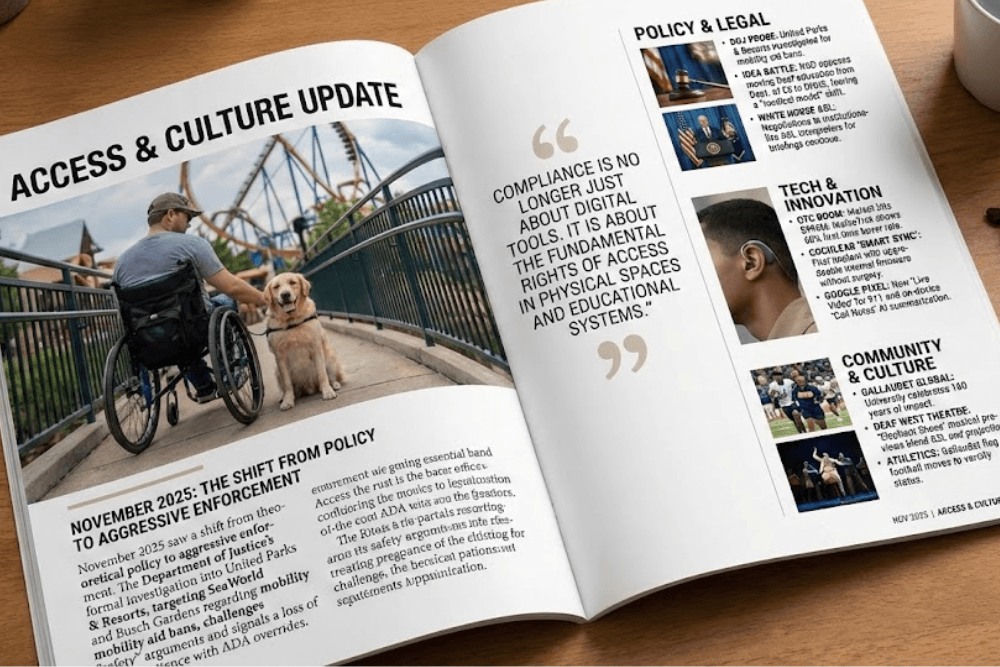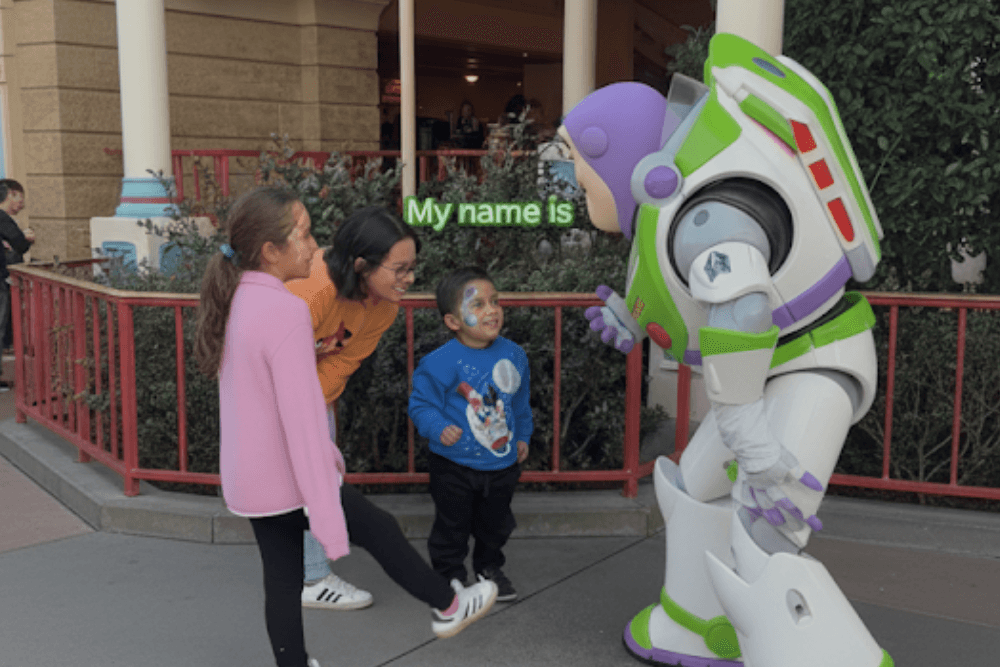Professionals dedicated to advancing communications accessibility understand that the Federal Communications Commission’s (FCC) annual orders for the Telecommunications Relay Services (TRS) Fund are a significant milestone. They function as key indicators of market trends, regulatory priorities, and the a future driver of our industry.
The latest order, released this week on July 7, 2025, is no exception and contains critical signals for all service providers. For those who wish to review the official filing, the full manuscript can be downloaded here >>> https://docs.fcc.gov/public/attachments/DA-25-578A1.pdf.
The order establishes a net funding requirement of $1.48 billion for the 2025-26 fund year, which represents an $11 million reduction from the prior year. The most important information I’m interested in is how the FCC’s Consumer and Governmental Affairs Bureau arrived at that figure.
Key Adjustments and the Impact on ASL
This year, the Bureau took a more direct approach to forecasting demand, particularly for services like Video Relay Service (VRS). While the term “ASL” isn’t used in the order, its decisions on VRS directly affect the American Sign Language community. VRS is the primary telecommunication service that enables Deaf individuals who use ASL to make phone calls through a live video interpreter. Therefore, any decision impacting the funding and structure of VRS has a direct downstream effect on ASL users.
The Bureau made its adjustments based on service trends and what it determined were “overly optimistic growth projections” from newer providers.
- For VRS, the Bureau adjusted the aggregate demand for small-provider minutes downward by approximately 29 percent.
- A similar adjustment was made for IP CTS. The projection for minutes qualifying for a supplementary compensation rate was reduced to 70 percent of the total because the Bureau felt the initial assumption of 100 percent was not likely.
These actions signal that the FCC is scrutinizing growth projections with a critical eye. For established providers, this can be seen as a move toward stability. For emerging competitors, it serves as a clear message: growth must be substantiated by solid, trend-aligned data, not just aspirational forecasts. This regulatory stance directly impacts business strategy by favoring sustainable growth models over aggressive, high-risk expansion.
Strategy and Stability for ASL Services
While these adjustments may present a challenge to some, they ultimately serve the long-term health of the TRS Fund. By ensuring the fund’s budget is based on realistic demand, the FCC protects its ability to meet all its payment obligations. This is a vital function for the uninterrupted delivery of services our users depend on. The approval of a significant two-month payment reserve, now totaling over $250 million, further underscores this commitment to stability.
For those of us in business development, this order reinforces the need for a data-driven, strategic approach. It is not enough to plan for growth; we must be able to demonstrate that our growth is organic and aligned with observable market realities. Success in this regulated space depends on innovation, user experience, and a deep understanding of the regulatory framework to build a compelling, evidence-based case for our services.
The FCC has provided clear guidance for the year ahead. The challenge, and the opportunity, for all of us is to navigate this landscape with foresight and strategic precision. This will ensure we can continue to innovate and provide essential services to the Deaf and hard-of-hearing communities for years to come.






